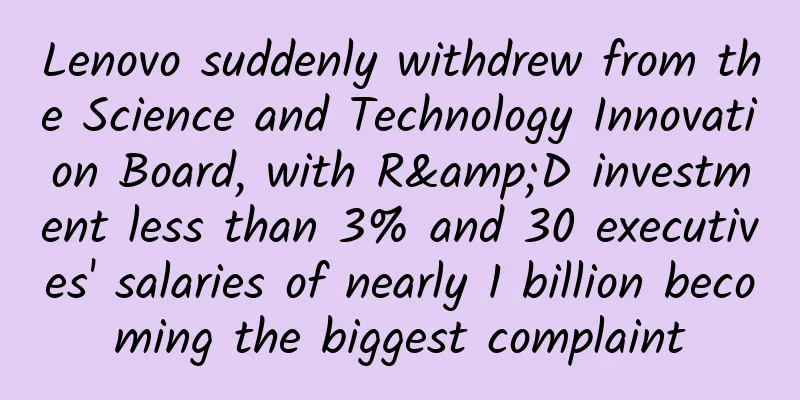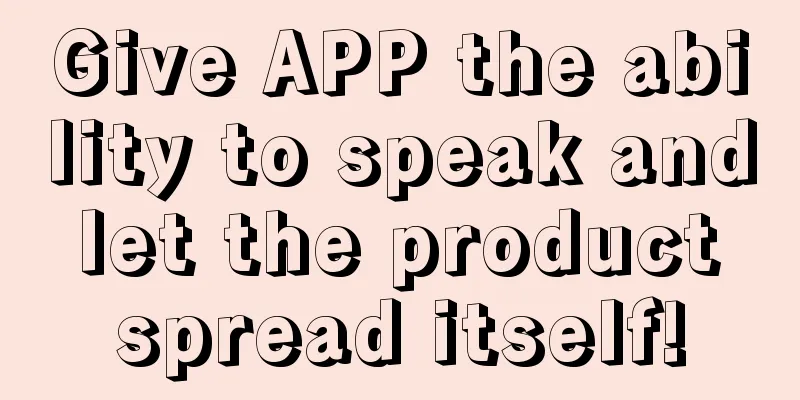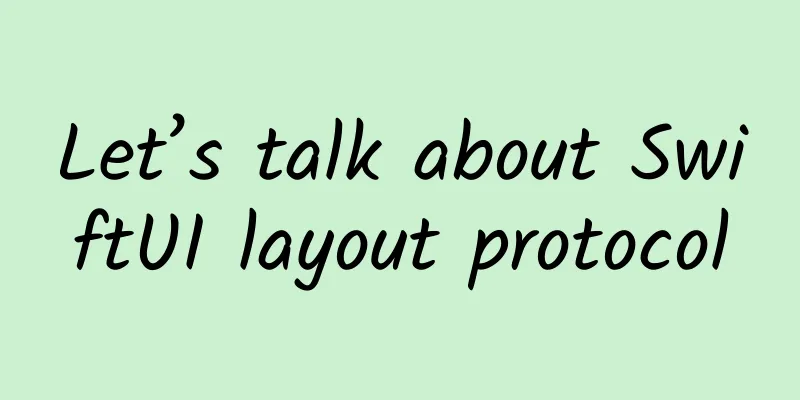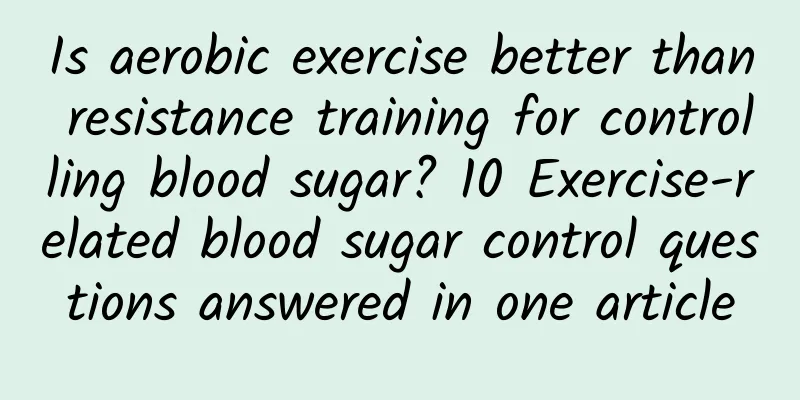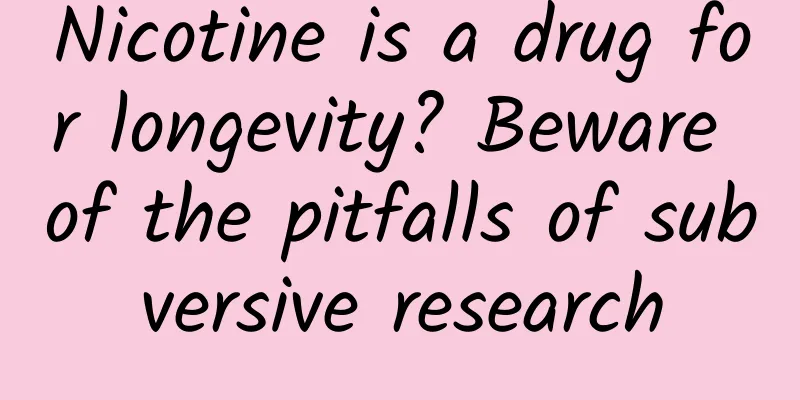What? You said the secret to delicious soda isn’t the bubbles?
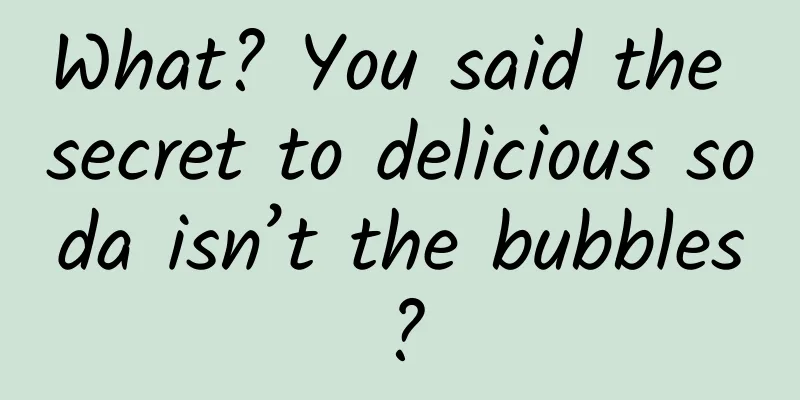
|
Opening a bottle of iced soda and drinking it in big gulps is such a refreshing feeling. In addition to the sweet flavor, soda also produces a "tongue-piercing" stimulating feeling when it enters the mouth, which is the unique charm of carbonated drinks. Have you ever wondered where this feeling comes from? Well, maybe not. The answer seems almost too obvious: Isn’t it the sensation of tiny bubbles of soda hitting your mouth? However, this is not the case. The taste of soda doesn’t come from bubbles? In 2013, an experiment proved that bubbles are not necessary for tasting the stimulating effect of carbonated drinks[1]. In other words, as long as there is enough dissolved carbon dioxide, you can still taste the stimulating taste of a carbonated drink even if it is not bubbling. How is this proven? The researchers moved the carbonated water evaluation experiment into a hyperbaric chamber. Here, the ambient air pressure rises to 2 times the atmospheric pressure (which is equivalent to diving 10 meters underwater, which is still tolerable for humans), allowing the carbon dioxide in the sample to remain dissolved and not turn into bubbles and escape, thus obtaining a glass of "soda without bubbles." The researchers asked the subjects to taste several carbonated water samples with different carbon dioxide contents in normal pressure and pressurized environments, and rate their stimulation. Of course, in order to eliminate the influence of other variables, these samples are not fat house happy water, but pure water filled with carbon dioxide. As a result, under high pressure conditions where carbon dioxide bubbles are not produced, the tasters still gave the same score to the stimulation of carbonated water as under normal pressure, and the stimulation score increased with the increase of carbon dioxide content. Bubbles are not the main reason for the stimulant, but their presence does have some effect on the taste. In the same paper, another experiment was conducted. This time, the researchers added extra air bubbles to low-concentration carbonated water that was "not enough gas" and asked the subjects to conduct another round of evaluation. The results showed that adding bubbles did increase the stimulant feeling of carbonated water, but if you just add air bubbles to plain water, it still won't produce a soda-like taste. Interestingly, in this experiment, when the researchers asked the subjects to evaluate only the "touch of bubbles", they still gave quite high scores to the samples under high pressure - but both theory and actual observations showed that there were no bubbles in the carbonated water at all. This shows that the concept of "stimulation = bubbles" is really deeply rooted. Actually, you taste sour. If it's not the touch of bubbles, what's the stimulation of soda? Many studies have found that the unique feeling of carbon dioxide solution in the mouth actually comes from acid - that is, carbonic acid. This includes the sour taste felt by taste receptors, as well as the stimulation produced by "nociceptors" activated by acid. Wait, is carbonic acid really that irritating? Logically, carbonic acid is weak in its ability to ionize hydrogen ions, but there is a factor on the tongue that makes it "more sour" - that is carbonic anhydrase located on the surface of cells. Carbonic anhydrase catalyzes the reaction of carbon dioxide and water to form bicarbonate and hydrogen ions. This reaction can occur without catalysis, but the presence of the enzyme makes it much more efficient. In this way, more hydrogen ions can be produced locally, resulting in a stronger acid sensation. Experiments have shown that carbonic anhydrase is indeed the key to sensing the irritation of carbonic acid. If a drug solution that inhibits carbonic anhydrase (the drug is called acetazolamide, which can be used to treat glaucoma) is applied to the tongue of the subjects in advance, their evaluation of the irritation of carbonated water will be significantly reduced, while their perception of other sour tastes such as citric acid will not change [3]. How to drink more excitingly? To fully experience the stimulating taste of carbonation, the most important thing is of course "enough carbonation" - the higher the concentration of carbon dioxide, the stronger the irritation of the tongue. However, other factors also affect people's perception of soda. For example, just as in real life, studies have found that carbonated drinks taste more pungent when they are cold than when they are closer to body temperature, while menthol, which creates the illusion of cooling, does not have this enhancing effect.[4] Additionally, capsaicin slightly reduces the pungent sensation of carbonated drinks.[3] Vision and hearing also affect people’s perception of drinks. In one experiment, researchers used a microphone to record the bubbling sound of carbonated water and asked subjects to listen to this “soda ASMR” and evaluate the taste. The results showed that if the volume of the soda sound was increased or the high-frequency part was increased, the feeling of “more fizz” could be produced[5]. References [1] https://journals.plos.org/plosone/article?id=10.1371/journal.pone.0071488 [2] https://www.ncbi.nlm.nih.gov/pubmed/26653863 [3] https://academic.oup.com/chemse/article/25/3/277/467453 [4] https://academic.oup.com/chemse/article/39/7/571/2908147 [5]https://www.sciencedirect.com/science/article/abs/pii/S0950329305000212 [6] https://science.sciencemag.org/content/326/5951/443 Author: Window Knocking Rain Editor: Luna |
<<: These New Year gifts! Awesome!
>>: Where is the real Three-Body World? Will it be the same as described in science fiction novels?
Recommend
The boy lit four mosquito coils and was "poisoned". Are mosquito coils so toxic?
Audit expert: Gu Haitong Deputy Chief Physician, ...
Can tiny moss help realize “interstellar migration”?
Produced by: Science Popularization China Author:...
How does operations perform data analysis? 1 process, 3 uses, 3 tools!
What is data analysis ? What exactly are we talki...
Terry Gou pledges stocks to invest in building a factory. Is Foxconn's ambition to dominate the TV market price beginning to emerge?
Recently, the Nihon Keizai Shimbun quoted Taiwane...
Channel promotion: How to choose high-quality and suitable APP promotion channels
In the operation and promotion of APP, learning t...
On this day of that year, Taiwei was unveiled along with the first flight of Fengyun...
On September 7, 1988, China's first meteorolo...
What are the signs that a website has been demoted? How to solve the problem?
Recently, a friend sent me a private message, say...
Alibaba has officially entered the field of autonomous driving. What are its chances of winning the battle against Baidu with its collaborative intelligence strategy?
Smart cars and autonomous driving are the future ...
The changes of these two products are worth your attention
On the first day of every week, we will monitor a...
The largest range of rain and snow this year starts today! How to judge whether it is snowing or raining?
From January 20th to 24th, This year, the largest...
Digging some wild vegetables, and poof, I got COVID-19?!
There have been cases of suspected aerosol transm...
5 issues to pay attention to in retention activities, starting with clarifying the two activity purposes
Attracting new users and retaining existing users...
Why are olefins important? You may not have heard of this term, but it fills your life
Produced by: Science Popularization China Author:...
An Air China flight encountered clear sky turbulence, and a passenger and stewardess were thrown to the top of the cabin! Why are planes getting more and more turbulent nowadays?
On July 10, many netizens posted on social media ...
Heavy rain! Thunderstorm and strong wind! The heaviest rainfall since the beginning of the flood season in the north has arrived!
The Central Meteorological Observatory predicts t...

